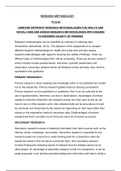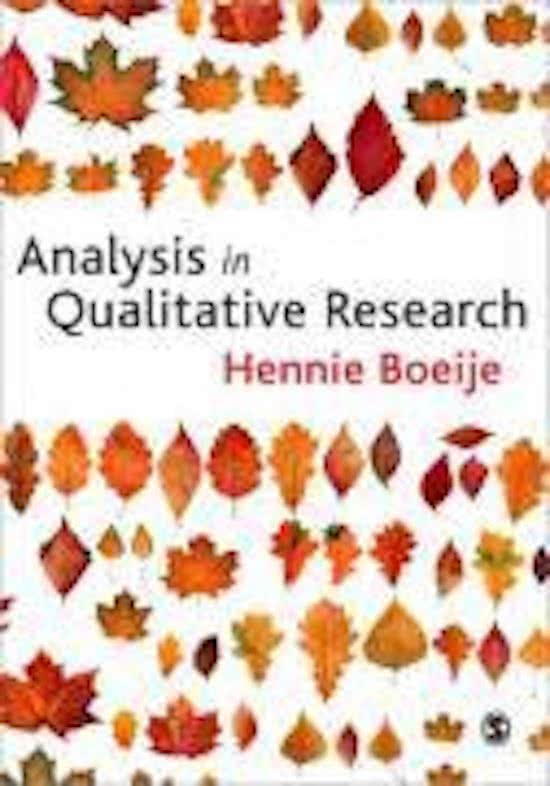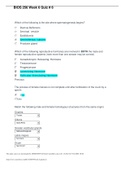Essay
Essay Unit 22 - Research Methodology for Health and Social Care P3 & D1
- Course
- Institution
- Book
COMPARE DIFFERENT RESEARCH METHODOLOGIES FOR HEALTH AND SOCIAL CARE AND ASSESS RESEARCH METHODOLOGIES WITH REGARD TO ENSURING VALIDITY OF FINDINGS
[Show more]













